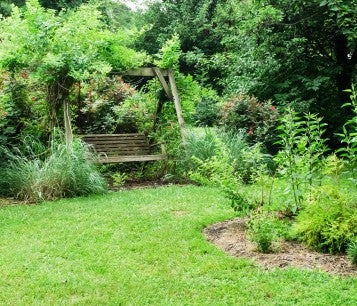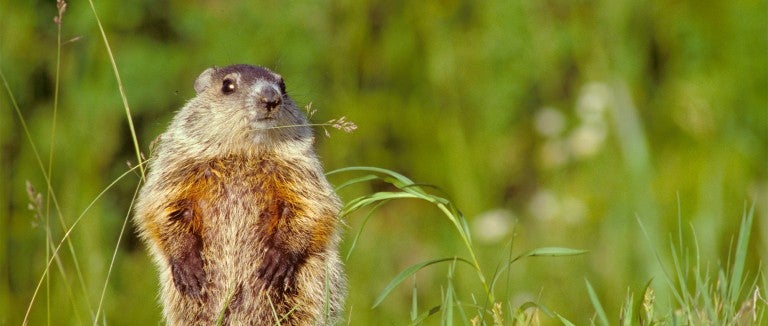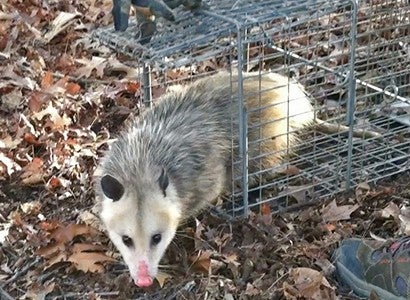It starts out mildly enough: Heading to work on the subway, you realize you forgot your wallet. No big deal, you think. I’ll borrow money to get home.
Soon the lights go out and the train hurtles toward the sky, speeding through the atmosphere. Time passes—it’s hard to tell how long. The subway is grounded, the doors swing open, and unfolding before you is a city you don’t recognize.
A few things are familiar—the Starbucks on every block, the cars, the English phrases on signs. But it’s cold, you’re hungry, you’re penniless and the sun is setting. You think of your children who will be waiting to be picked up from school. Who will get them home safely? What will they eat for dinner?
With gathering dread, you notice a sinister-looking man eyeing you from a storefront. You want to escape but have no idea where to go. Where am I? you wonder, wracked with fear. What’s happening?
Surprise! You’ve been trapped and relocated.
An unlikely scenario for most humans, the nightmare is a reality for many backyard creatures. The squirrel eating the
Many people who live-trap believe they’ve found a compassionate solution to home and garden woes. They set their captives free by a stream, a field, a grove of trees or some other human-conjured ideal that’s usually a short drive away but might as well be in another galaxy for relocated animals. Upon arrival, these involuntary immigrants face such serious dangers that most are unlikely to survive long. One analysis looked at squirrels relocated from suburban yards to a forested environment. After just 88 days, 97 % had died or disappeared. Research on other species shows similarly poor survival rates for wild animals who are forcibly relocated.
The squirrels “were getting nailed by predators because they didn’t have escape routes,” says HSUS senior scientist John Hadidian, who co-authored the study. “When a squirrel in your backyard is threatened by cats or hawks or other predators, they know exactly where to go. They have a map in their head of where they live.”
Without that cognitive geography, relocated animals struggle to find food and den sites. Some die along the way or become ill from extreme stress. Once transported, animals may introduce disease to the new environment, some scientists believe. And too often, they leave behind something precious: their babies.
A humane backyard is a natural habitat offering wildlife plenty of food, water and cover, plus a safe place to live free from pesticides, chemicals, free-roaming pets, inhumane practices and other threats. And it's so easy to build!

At the Cape Wildlife Center, Lynn Miller has seen her share of broken family units—including motherless fox kits delivered by a homeowner and baby raccoons orphaned after a nuisance wildlife control company trapped an adult nesting in a chimney. “That case especially bugged the heck out of me,” says Miller, director of wildlife rehabilitation at the Massachusetts facility, operated by The Fund for Animals in partnership with the HSUS. “Owners want it fixed, and they want it fixed now, so they pay somebody megabucks to come in and trap and remove.”
A cheaper, simpler solution of using light and sound to harass the mother would have been far more humane, says Miller. Since wild animals keep several alternate denning sites on reserve, the raccoon could have moved her babies to a safer space if given the chance. Instead, the family was needlessly split apart.
Humane Solutions
Get Species Smart
Respect for those around us starts with greater understanding of their habits and needs. One of the most maligned backyard species—the opossum—is also the most benign. Beneficial to gardeners because of an appetite for insects and rodents often considered pests, they’re also wanderers who typically den in other animals’ burrows for short periods before moving on. “To do anything to a possum is just the silliest thing in the world,” says John Griffin of Humane Wildlife Services. With a little perspective, we may realize we don’t really have a problem at all.
Humanely Evict
Waiting for nesting animals to leave on their own is preferable, but the next best strategy is to gently encourage them to move along to a new site. This is core to the philosophy of Humane Wildlife Services, which humanely excludes parents from re-entry into structures while helping ensure they can transport their young to alternate dens. For homeowners, gentle harassment techniques such as cider-vinegar-soaked rags, blaring radios and lights encourage unwanted houseguests to hit the road.
Reshape the Environment
Once animals have moved on and it’s clear that no babies are left in a given space, animal-proofing the structure is key to preventing the entry of more furry guests. Griffin’s team adds chimney caps, seals porches and sheds, and helps homeowners create other barriers to re-entry. For gardeners, temporary or permanent fencing is the most effective deterrent.
Want more content like this?
This was written and produced by the team behind All Animals, our award-winning magazine. Each issue is packed with inspiring stories about how we are changing the world for animals together.
Learn MoreSubscribe

